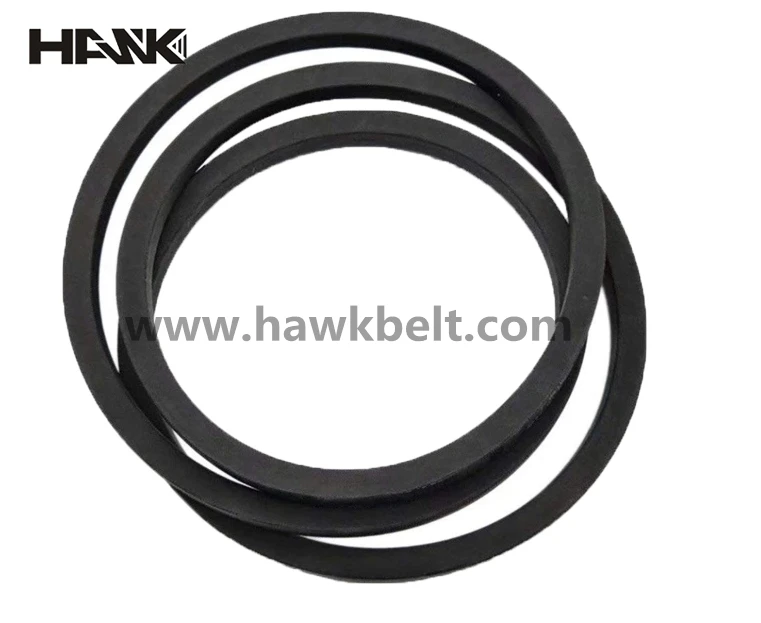- Arabic
- French
- Russian
- Spanish
- Portuguese
- Turkish
- Armenian
- English
- Albanian
- Amharic
- Azerbaijani
- Basque
- Belarusian
- Bengali
- Bosnian
- Bulgarian
- Catalan
- Cebuano
- Corsican
- Croatian
- Czech
- Danish
- Dutch
- Afrikaans
- Esperanto
- Estonian
- Finnish
- Frisian
- Galician
- Georgian
- German
- Greek
- Gujarati
- Haitian Creole
- hausa
- hawaiian
- Hebrew
- Hindi
- Miao
- Hungarian
- Icelandic
- igbo
- Indonesian
- irish
- Italian
- Japanese
- Javanese
- Kannada
- kazakh
- Khmer
- Rwandese
- Korean
- Kurdish
- Kyrgyz
- Lao
- Latin
- Latvian
- Lithuanian
- Luxembourgish
- Macedonian
- Malgashi
- Malay
- Malayalam
- Maltese
- Maori
- Marathi
- Mongolian
- Myanmar
- Nepali
- Norwegian
- Norwegian
- Occitan
- Pashto
- Persian
- Polish
- Punjabi
- Romanian
- Samoan
- Scottish Gaelic
- Serbian
- Sesotho
- Shona
- Sindhi
- Sinhala
- Slovak
- Slovenian
- Somali
- Sundanese
- Swahili
- Swedish
- Tagalog
- Tajik
- Tamil
- Tatar
- Telugu
- Thai
- Turkmen
- Ukrainian
- Urdu
- Uighur
- Uzbek
- Vietnamese
- Welsh
- Bantu
- Yiddish
- Yoruba
- Zulu
11-р сар . 10, 2024 14:05 Back to list
Understanding the Function and Benefits of Synchronous Timing Belts in Machinery
Understanding Synchronous Timing Belts Functionality and Applications
Synchronous timing belts, often referred to simply as timing belts, are essential components in many mechanical systems, particularly those requiring precise timing and synchronization between rotational elements. Utilizing a set of evenly spaced teeth that mesh with corresponding gears, these belts facilitate the transfer of power and motion in a reliable manner. This article explores the functionality of synchronous timing belts, their advantages, and their applications across various industries.
Functionality and Design
Synchronous timing belts are made from durable materials such as polyurethane or rubber, often reinforced with fiberglass or steel cord to enhance strength and reduce stretch. The unique design of timing belts features a series of teeth that allow for a frictionless engagement with pulley systems. Unlike traditional V-belts, which rely on friction to transfer power, synchronous belts engage with the teeth of the pulleys, ensuring that there is no slip between the belt and the gears. This direct connection enables precise control of the rotational speed and torque.
The use of synchronous timing belts helps maintain synchronization between rotating shafts, which is particularly crucial in applications where timing is critical. This includes engines and conveyor systems, where the timing of motions affects overall performance and product quality.
Advantages of Synchronous Timing Belts
One of the primary advantages of synchronous timing belts is their ability to provide accurate timing. This is particularly important in applications such as automotive engines, where the camshaft and crankshaft must rotate in perfect synchrony. The lack of slip in timing belts also contributes to improved efficiency, as more of the input power is converted into useful work rather than being lost to friction.
Moreover, timing belts tend to have a longer lifespan compared to other belt types. This is due to their construction materials and the nature of their mechanical engagement, which reduces wear and tear over time. This longevity translates to reduced maintenance costs and less frequent replacements, making them an economical choice in the long run.
synchronous timing belt

Synchronous timing belts also operate quietly and generate less vibration than their counterparts, which is highly beneficial in environments where noise reduction is a priority, such as in office equipment or household appliances
.Applications Across Industries
Given their reliability and efficiency, synchronous timing belts have found applications in various industries. In the automotive sector, they are employed in engines to synchronize the rotation of the crankshaft and camshaft, preventing engine failure and optimizing performance. Other automotive applications include timing belt-driven water pumps and alternators, where precision is key for effective operation.
In manufacturing and production facilities, synchronous timing belts are integral in conveyor systems, helping to move products through assembly lines with high precision and minimal downtime. They are also used in robotics, where accurate motion control is essential for tasks such as picking and placing items.
Additionally, the aerospace industry utilizes synchronous timing belts in various systems where reliability and precision are paramount. Aircraft engines, control surfaces, and automated systems often incorporate timing belts to ensure optimal performance under demanding conditions.
Conclusion
Synchronous timing belts are vital components in numerous mechanical systems, providing unparalleled timing accuracy, efficiency, and durability. Their unique design and capability to maintain synchronization make them indispensable in industries ranging from automotive to aerospace and manufacturing. As technology continues to advance, the development and application of synchronous timing belts are likely to evolve, further enhancing their functionality and efficiency in modern machinery. Understanding the importance and utility of these belts can help industries streamline operations, reduce maintenance costs, and ultimately improve productivity. Whether in an engine, a conveyor line, or a robotic arm, synchronous timing belts play a crucial role in ensuring that everything runs smoothly and effectively.
-
Korean Auto Parts Timing Belt 24312-37500 For Hyundai/Kia
NewsMar.07,2025
-
7PK2300 90916-T2024 RIBBED BELT POLY V BELT PK BELT
NewsMar.07,2025
-
Chinese Auto Belt Factory 310-2M-22 For BMW/Mercedes-Benz
NewsMar.07,2025
-
Chinese Auto Belt Factory 310-2M-22 For BMW/Mercedes-Benz
NewsMar.07,2025
-
90916-02660 PK Belt 6PK1680 For Toyota
NewsMar.07,2025
-
drive belt serpentine belt
NewsMar.07,2025

